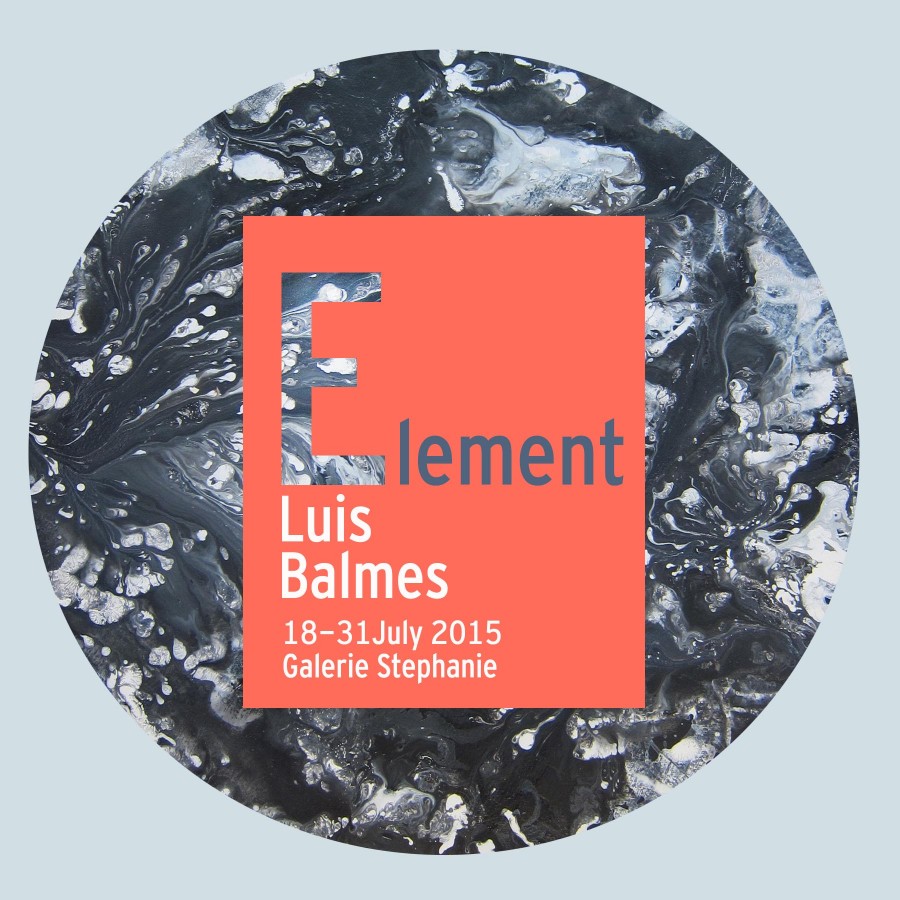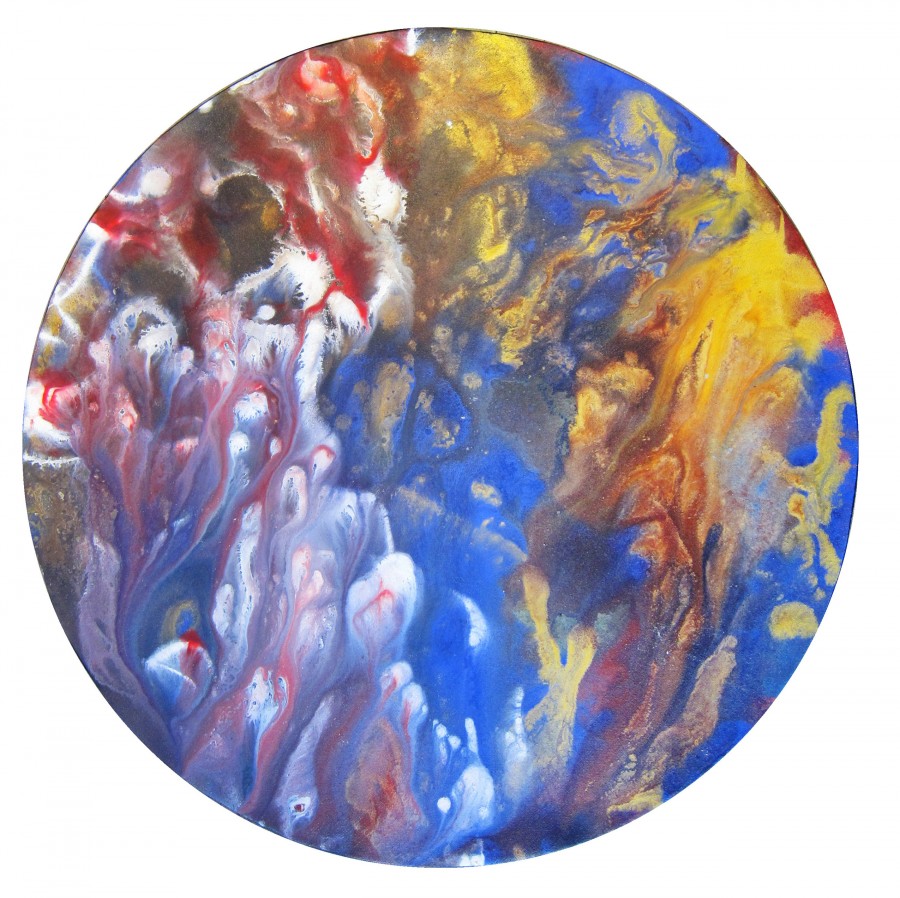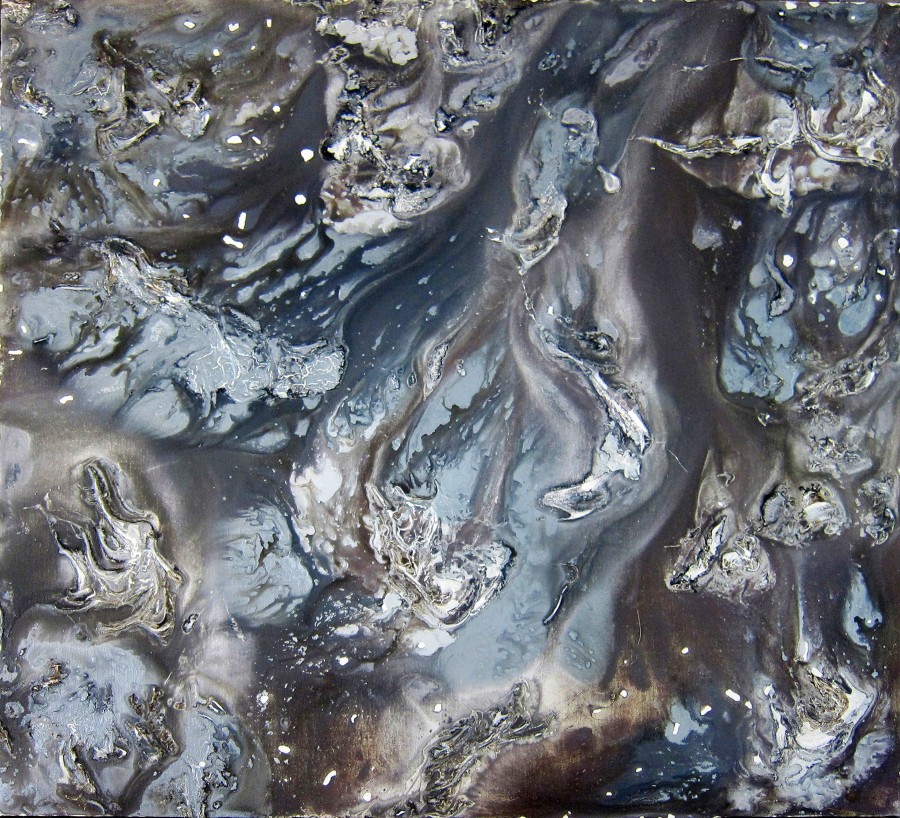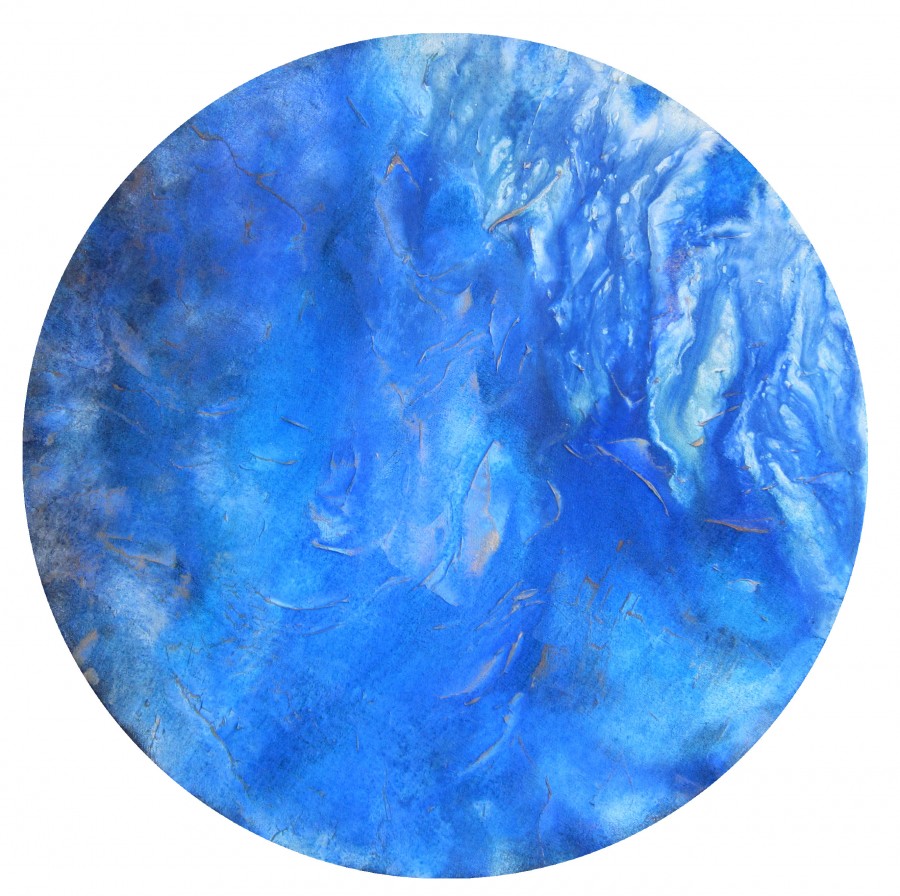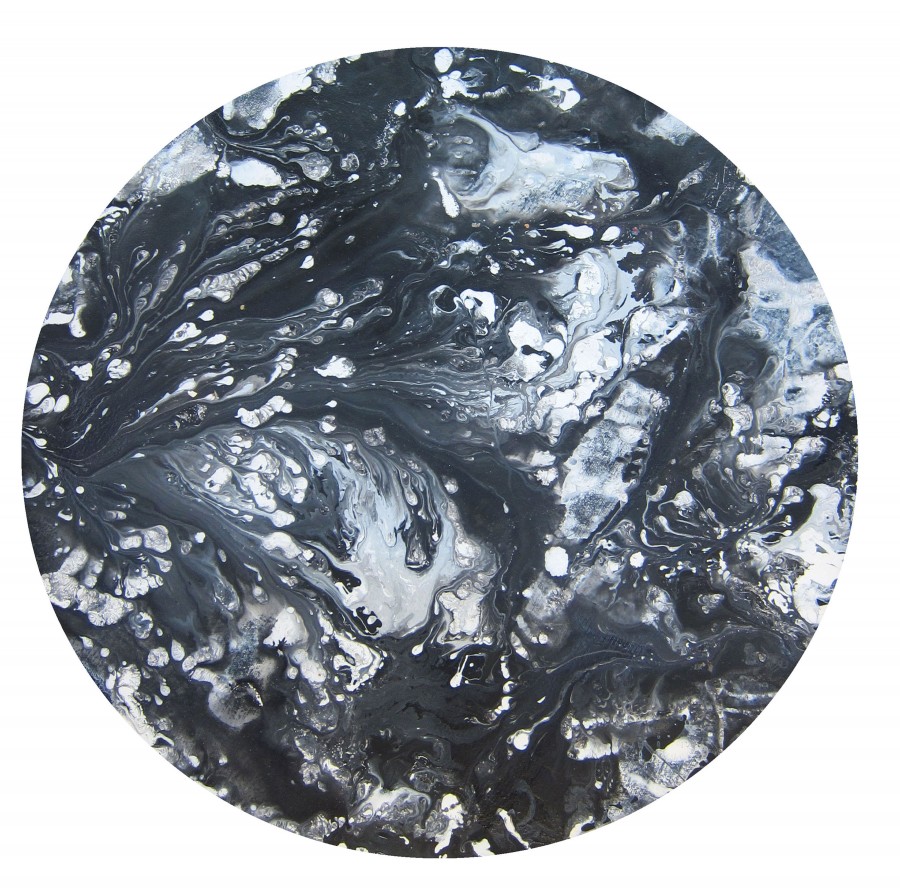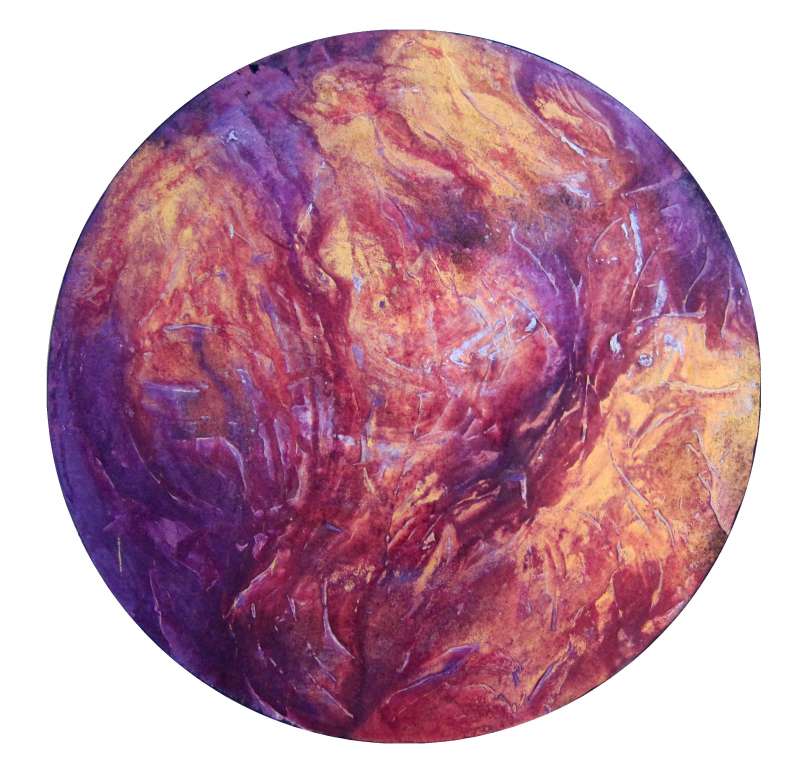In the Taoist belief, there is a singular source that is also the force that animates all things. This is called the “Tao,” which roughly translates to “the way.” The way is the means by which man comes into harmony with everything. Harmony is achieved through being spontaneous, natural, simple and through, as the enigmatic aphorism states, “doing by not-doing,” presumably by letting go of all desires, and letting the “Tao” do the doing. This appears to be at the heart of the collection of works by Luisito Balmes for his solo exhibit “Element.” A collection of round abstract expressionist works, they take on the idea of the famous symbol of oneness in Taoism, the round “yin and yang.” Symbolizing the everlasting opposition of forces that arise from the primal force that drives creation, it emphasizes oneness in all things, despite the differences that arise. Hence Balmes’ collection of round works, with a multitude of colors blending into each other. And although there is a multiplicity of expression in the collection, we are reminded of their singularity by the title that describes just one element, and not its plural form. His method of putting basic colors together recalls how a color wheel, when spun fast enough, reflects not a rainbow, but rather, pure white light.
On making the collection, the artist reflects at how painting could be a metaphor for life. The artist relates how “each paint reacts differently from the other. And each paint has a life cycle. Some dry faster than others. Some are easier to apply. Some paint do not mix well together. Harmony comes when we get to know all of the paints and work with them, instead of imposing on them what we want. By working with the paint and the canvas, we achieve depth and a variety of colors and expressions that is effortless.”
As contemporary works of abstract expressionism, Balmes is also concerned with the sublime. Although the sublime, as a concept, dates to the late 17th century, art critic Robert Rosenblum points out the preoccupation of abstract expressionism with the feelings of awe that arise from experiencing the ineffable. This in itself is especially important now, as we need to be reminded that there is something more “beyond the ‘eat-sleep-work’ of this cruel life,” as the band After Image aptly describes. However, in Balmes’ work, we are celebrating not a way of seeing, as many art movements have done in the past, but a way of making. In his effortless canvases we remember the joy of discovering things for the first time: in his instance, how paint flows, how canvas absorbs it, what colors are and how it affects us. It is discovering the very nature of his materials and collaborating with them—coaxing them to merge together, and not impose a pattern or idea on them. With his act of making by not making, we are tied to something primordial—that unifiying element that exists in all things—a harmony that can only be understood when we let go, and just go with the flow. As in everything, there is a season, a time to reap, and a time to sow. There is an order that is greater than us. It is an order that we barely have time to participate in, with our busy schedules and lives broken from one engagement to the next. Balmes’ act of making reminds us of the unity in things, and this we need now more than ever. In this, he is in his element.
External Links:

